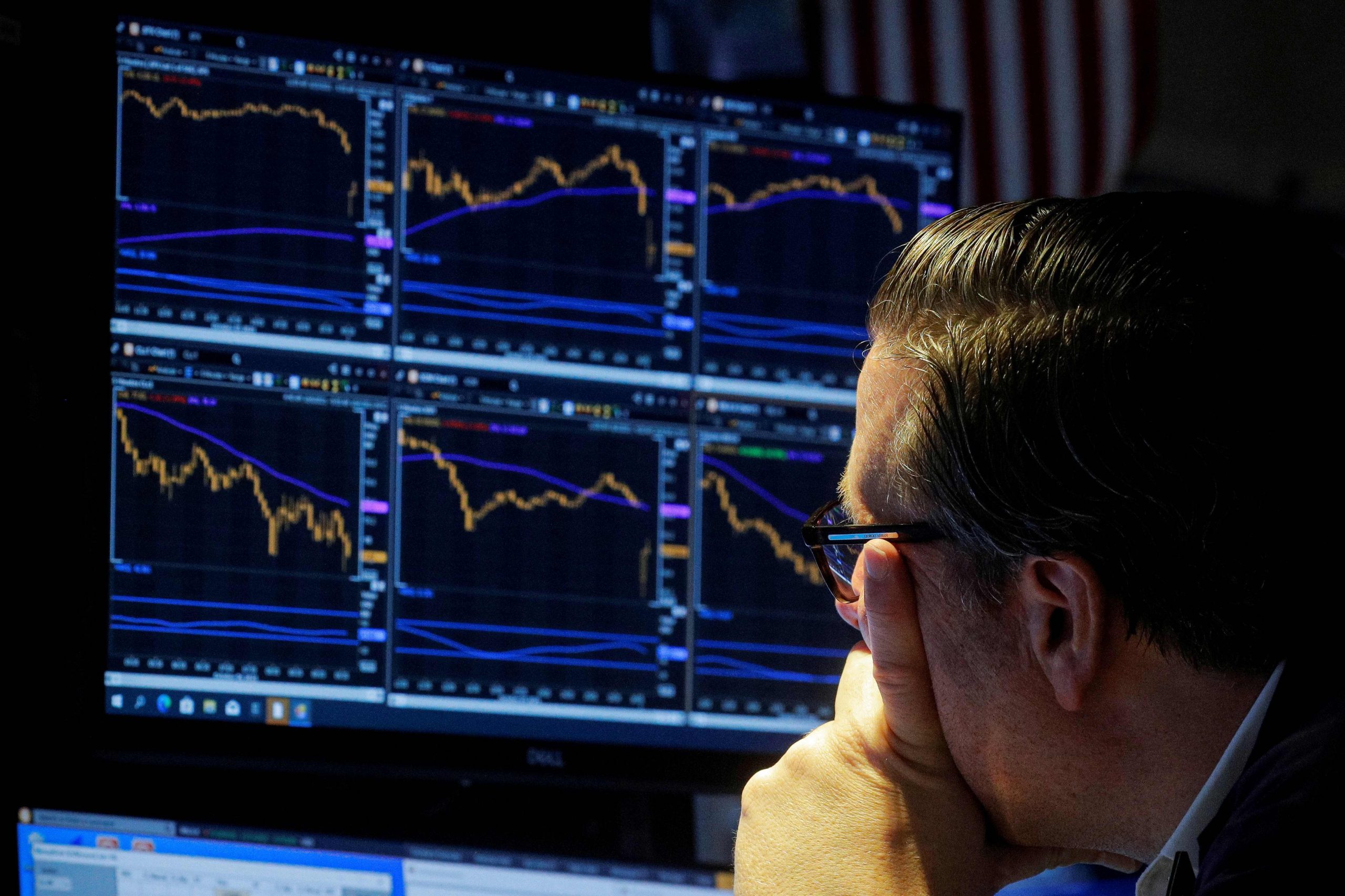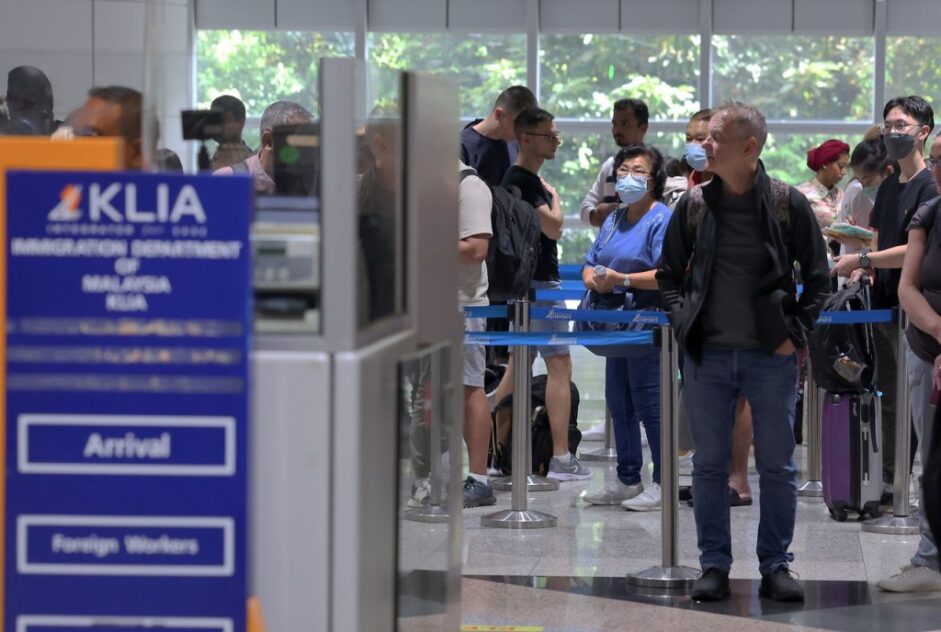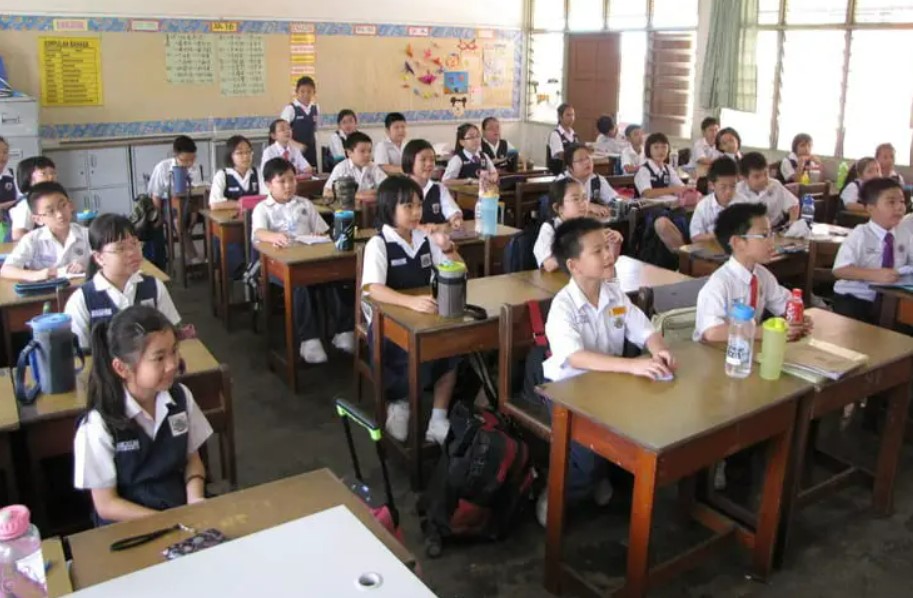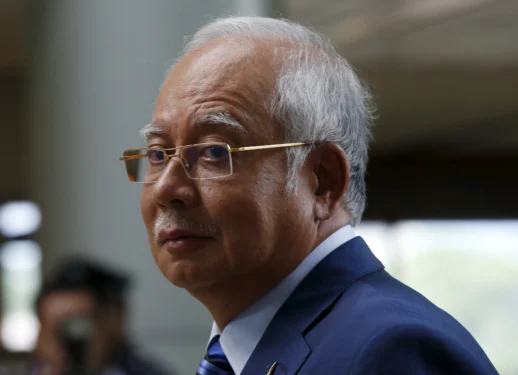MORE and more investors fret over a sharp slowdown in the global economy as strong stagflation risk is hammering growth, compounded by higher interest rates and tighter financial conditions.
There are definitely concerns that the US recession could come sooner than expected amid the odds of it happening in 2023.
Fears of a recession have been on the rise recently. Investors have become increasingly concerned that high inflation in advanced economies amid the Russia-Ukraine war-inflicted supply disruptions and price shocks – coupled with the US Federal Reserve’s (US Fed) aggressively hike in interest rates – could tip the US economy into a recession.
Warning that the world economy is entering a protracted period of feeble growth and elevated inflation, the World Bank has slashed its global growth forecasts to 2.9% for 2022 from 4.1% previously. The pace of growth will be around 2.9% in 2023-2024. It added that many countries are likely to face recession.
Stagflationary shocks, which reduce growth and increase inflation, are putting major central banks in a dilemma as they require a delicate balancing act between sustaining economic growth and fighting inflation.
The US Fed and other major central banks have contended to fight inflation so as to prevent a dangerous de-anchoring of inflation expectations via two reinforcing forces of supply-cum-cost driven and demand-pull (wage-price spiral).
Investors losing confidence
It is not an easy task for the US Fed to suppress inflation while averting a hard landing (recession). Many past recessions were due to excessive tightening or policy missteps by it. The 1981-1982 US recession was triggered by tight monetary policy in an effort to fight mounting inflation.
Following the US Fed’s commencement of rate tightening cycle and balance sheet purchase from June 1, bond yields have risen higher, financial conditions have tightened, credit spreads are widening as well as more volatility felt in the financial and foreign exchange markets.
The familiar precursor of a recession is an inverted yield curve on March 29 for the first time since 2019 as short-term treasury bills yield was higher than that of the longer-dated treasuries.
This a sign that investors are losing confidence in the economy as the stubbornly high inflation continues to bite along with rising interest rates and the shrinking of quantitative easing (QE) that will hit household consumption and business spending.
Data continues to indicate a mix strength of the US economy. Rising mortgage rates have taken their toll on mortgage home applications; financial conditions have already tightened considerably. US consumer sentiment plunged in early June to the lowest on record as soaring inflation continued to batter household finance.
The Federal Reserve’s Beige Book on the current economic conditions across the 12 Federal Reserve districts for the month of May 2022 reported continued economic growth compared to April with a majority indicating slight or modest growth.
While most districts reported ongoing growth in manufacturing, there was some softening in retail due to high prices while residential real estate observed weakness as buyers faced high prices and rising interest rates.
Eight districts reported that expectations of future growth had diminished with an increasing number expecting a recession by end-2022.
As many business leaders, including the CEOs of US big investment banks believe that a recession is imminent, expect a cut back on investment spending in a way that suppresses overall economic activity.
China, EU not exempted
The stock market has predicted nine of the last five recessions. Asset and equity prices have been rising and were too frothy, not always been justified by fundamentals.
These are characteristics of a speculative bubble which will likely to burst when monetary tightening continues and the QE unwinds to tame inflation from the current level of 8.6% in May 2022.
The US Fed is compelled to increase interest rates until inflation comes down to a more manageable level – say to 4% or to the US Fed’s 2% target – even if that risks a recession or a market meltdown. The terminal interest rate is between 3% and 3.25%.
In China, multiple indicators (sales, industrial production, and fixed investment) have weakened or contracted in recent months, indicating a grim economic outlook.
The zero COVID-19 strategy and lockdowns in some cities/provinces as well as the troubled real estate sector not only have disrupted the supply chains but also stalled economic and business activities.
While the rolling out of economic support packages (2% of GDP), easing of liquidity and credit measures would help to shallow the magnitude of economic slowdown, the continued zero COVID-19 strategy with an unsettled global environment will pose a big hurdle to China’s economy.
The Eurozone’s subdued economic growth in 1Q 2022 is leaning more to more downside risks with a recession risk is rising. Consumers’ purchasing power are being squeezed by surging inflation, dampening their willingness to spend. The prolonged period of supply chain disruptions and high energy prices pose a high downside risk to the industrial sector.
Against the challenging backdrop of higher and longer inflationary pressures, weaker economic growth, tighter financial conditions, weakening emerging market currencies, global central banks are confronted with a difficult task to act forcefully on inflation while not risking of sapping their economies.
If the central banks hold back to hike interest rates or raise interest rate gradually and endure the supply-crunch inflation, it will result in entrenched higher inflation expectations, prompting companies and employees to push up prices and demand higher wages, respectively.
If this happens, it is extremely costly to bring inflation down if inflation expectations don’t come down. The central banks may later be compelled to pump the brakes on the economy even harder to get inflation under control. – June 13, 2022
Lee Heng Guie is the executive director of the think-tank Socio-Economic Research Centre (SERC).
The views expressed are solely of the author and do not necessarily reflect those of Focus Malaysia.










